7 Tips to Know About Top Things to Know Before Buying Indoor Plants That Like Shade
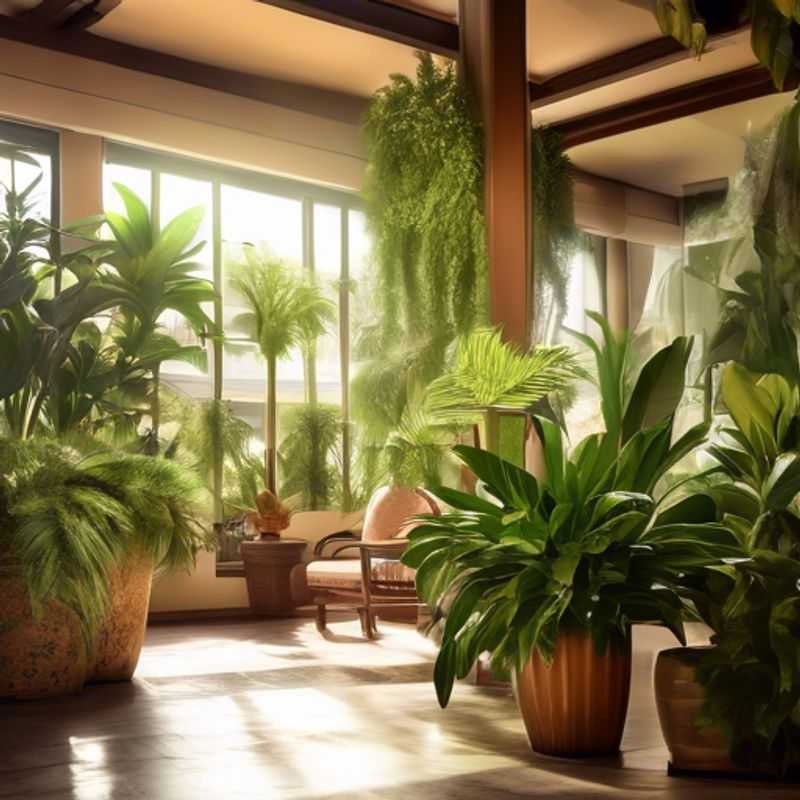
7 Tips for Choosing Shade-Loving Indoor Plants: A Guide for Green Thumbs
Bringing the tranquility of nature indoors is a wonderful way to enhance your living space. However, not all plants are created equal when it comes to their light requirements. If you're seeking to cultivate greenery in a room with limited natural light, choosing the right plants is crucial. Here are seven tips to guide you in selecting indoor plants that thrive in shade:
1. Choose plants that thrive in low-light conditions: This might seem obvious, but it's essential to research the specific light requirements of the plants you're considering. Some popular shade-loving plants include snake plants, ZZ plants, peace lilies, and cast iron plants.
2. Consider the size of the plant and the available space: It's important to be realistic about the space you have available. A large plant might look impressive, but it could quickly outgrow its allotted space. Research the mature size of the plants you're interested in to ensure they'll fit comfortably in your home.
3. Ensure the soil is well-draining and the pot has proper drainage: Overwatering is a common problem for indoor plants, especially those in low-light conditions. Choosing a pot with drainage holes and using a well-draining potting mix will prevent root rot and ensure the health of your plants.
4. Research the watering needs of the specific plant species: While shade-loving plants generally need less water than their sun-loving counterparts, it's still important to understand the specific watering requirements of each plant. Overwatering can be just as detrimental as underwatering.
5. Provide the right amount of humidity for the plant: Some plants thrive in humid environments, while others prefer drier conditions. Pay attention to the specific humidity needs of your chosen plants and adjust the environment accordingly. You might need to use a humidifier or group plants together to create a microclimate.
6. Understand the plants temperature requirements: Plants are sensitive to temperature changes. Research the ideal temperature range for your chosen plants and ensure that your home provides a suitable environment. Avoid placing plants near drafts or heating vents.
7. Be mindful of the plants growth habits and potential size: Some plants are relatively slow-growing, while others can grow quite rapidly. Consider this aspect when choosing plants, especially if you have limited space. You don't want to end up with a plant that outgrows its container or becomes too large for the space it's in.
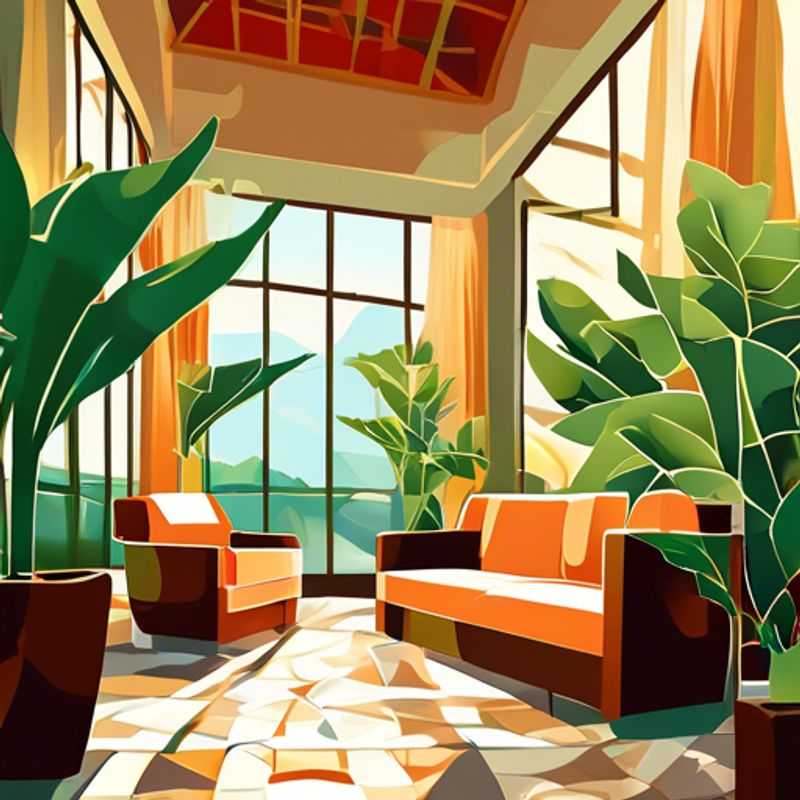
Bring the Green In: Plants That Thrive in Low-Light Conditions
Living in a dimly lit apartment or a home with limited natural light doesn’t have to mean you’re deprived of the joy of greenery. There are plenty of beautiful and resilient plants that thrive in low-light conditions.
Here’s a list of popular low-light houseplants:
1. Snake plant (Sansevieria trifasciata): Nearly indestructible, snake plants are tolerant of neglect, low light, and infrequent watering.
2. ZZ plant (Zamioculcas zamiifolia): Another remarkably low-maintenance plant, the ZZ plant can withstand weeks without water and thrives in low-light conditions.
3. Cast iron plant (Aspidistra elatior): True to its name, this plant can handle even the most challenging environments, including low light and infrequent watering.
4. Peace lily (Spathiphyllum): This plant prefers indirect light, but it can adapt to low light conditions. Just be sure to keep the soil evenly moist.
5. Pothos (Epipremnum aureum): This trailing plant is a favorite among beginners, and it's known for its adaptability to low light conditions.
6. Chinese evergreen (Aglaonema): This plant tolerates low light and is known for its vibrant foliage.
7. Spider plant (Chlorophytum comosum): A popular choice for air purification, this plant can tolerate low light and even produces spiderettes, small plantlets that can be easily propagated.
8. Prayer plant (Maranta leuconeura): This plant has beautiful, patterned leaves that fold up at night like hands in prayer. It prefers indirect light but can adapt to low light.
9. Philodendron: A diverse group of plants, many philodendrons can thrive in low-light conditions. Some popular low-light philodendrons include heartleaf philodendron (Philodendron hederaceum) and monstera (Monstera deliciosa).
When choosing plants for low-light conditions, remember that even low-light plants need some light. Place your plants in the brightest spot you have available, whether it’s near a window, under a skylight, or even a few feet away from a window. Avoid placing them in complete darkness, as this can lead to stunted growth and discoloration.
Finally, consider the specific requirements of the plant you choose. While most low-light plants are relatively low maintenance, they still require some care, such as occasional watering and fertilizing.
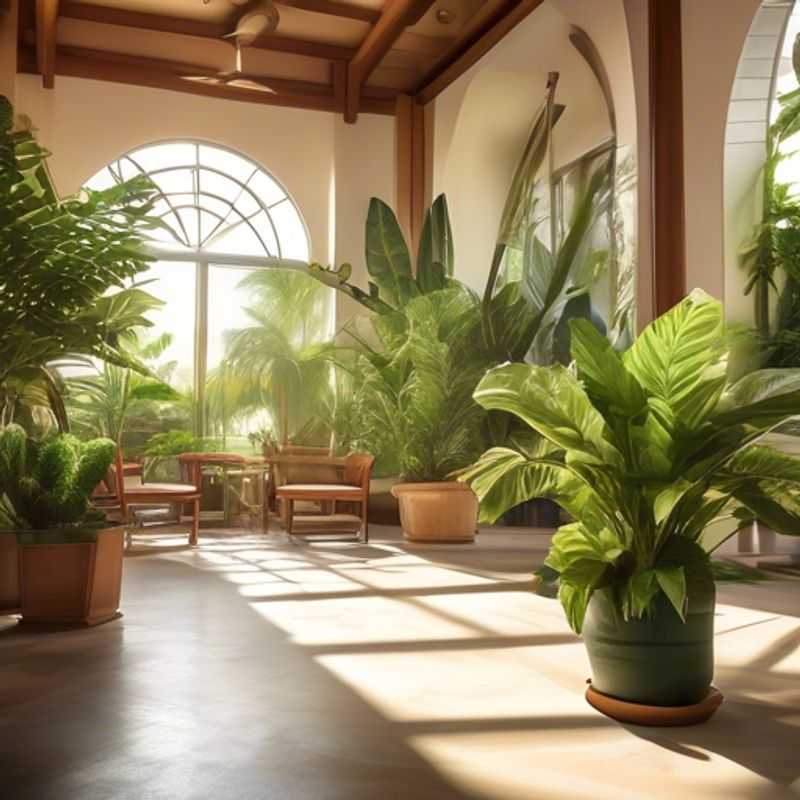
Choosing the Right Plant: A Matter of Size and Space
When deciding on a plant for your space, consider its mature size. Knowing the mature size of a plant is crucial. Don't be fooled by its cute, small size at the nursery. Plants grow, and some grow significantly. Take into account both the height and width the plant will reach to ensure you have enough space. Avoid cramming your plant into a tiny area, as this can hinder its growth and overall health. Consider the space you have available, both in terms of floor space and vertical space (ceiling height), and choose a plant that will fit comfortably and have room to grow. This helps you avoid future issues with the plant becoming too large or crowding out other plants.
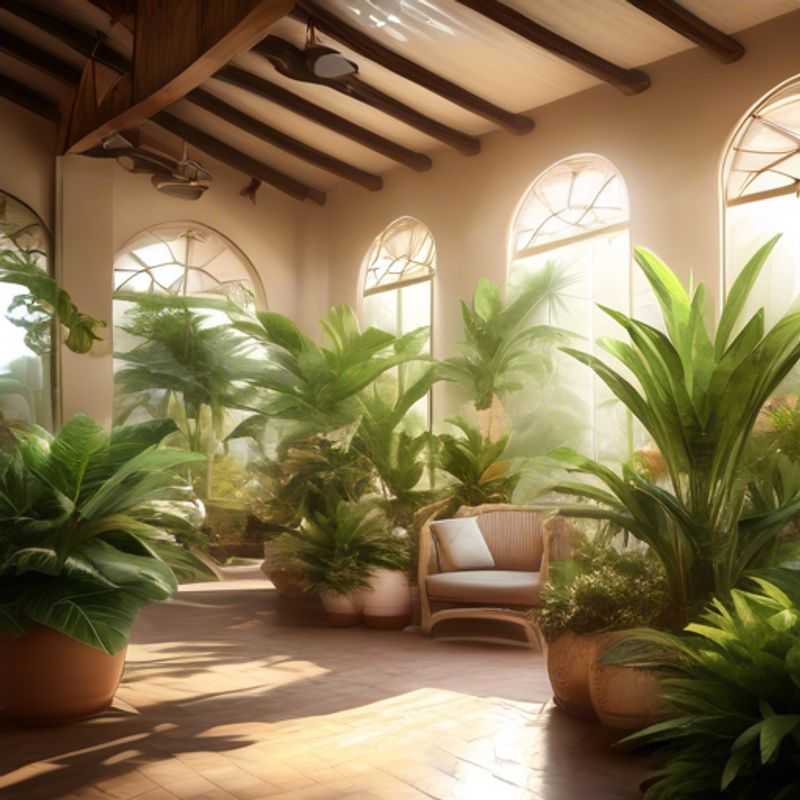
Ensuring Proper Drainage for Thriving Plants
Ensuring your soil drains well is crucial for plant health. Waterlogging can lead to root rot and other problems. Choose a pot with drainage holes and use a potting mix that allows excess water to escape.
When planting, consider using a layer of gravel or pebbles at the bottom of the pot to further enhance drainage.
If you're concerned about drainage, you can also test the soil moisture with your finger. If it feels wet or compacted, it's time to repot or adjust your watering schedule.
Remember, regularly checking your soil and ensuring good drainage are important steps in providing your plants with the best possible growing environment.
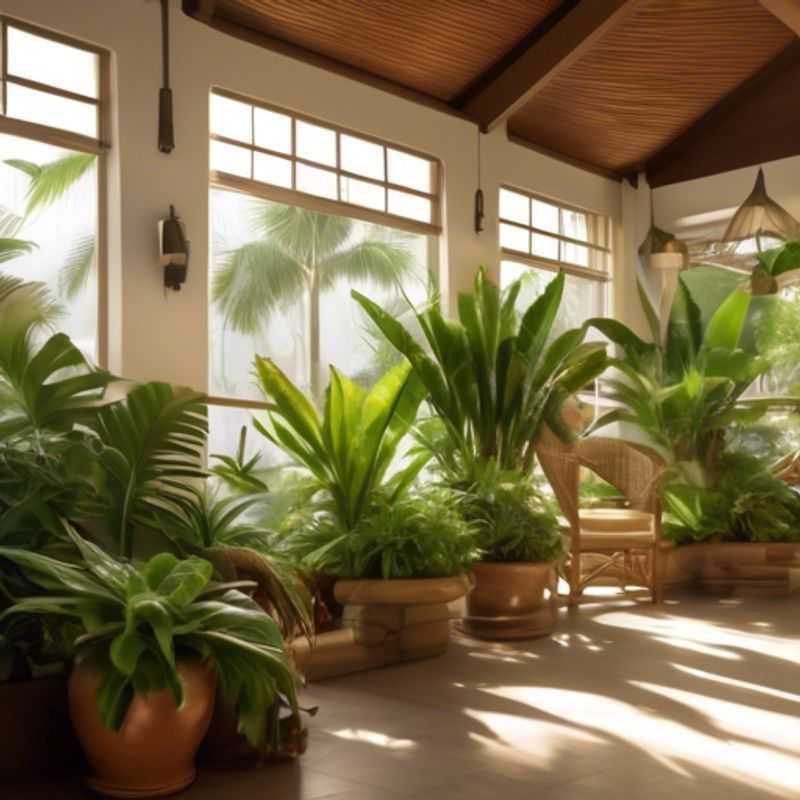
Understanding Your Plants: Researching Individual Watering Needs
To ensure your plants thrive, understanding their individual watering needs is crucial. Every plant species has unique requirements, and overwatering or underwatering can cause serious damage.
Researching the specific watering needs of your plant is the first step to success. Start by identifying the plant's species. You can do this through visual identification, online resources like plant apps, or consulting with a local nursery or gardening expert. Once you know the species, delve into its water requirements.
Consider the following factors:
1. Soil type: Different soil types retain moisture differently. Sandy soils drain quickly, while clay soils hold water longer. Understand the type of soil your plant is in to determine how frequently it needs watering.
2. Climate: Temperature, humidity, and sunlight levels all influence a plant's water needs. In hot, dry climates, plants will require more frequent watering than those in cooler, humid environments.
3. Plant size and stage of growth: Larger plants generally need more water than smaller ones. Additionally, actively growing plants, such as those in their flowering or fruiting stages, may require increased watering.
4. Container size and material: Smaller containers dry out more quickly than larger ones. Additionally, terracotta pots are porous and allow moisture to evaporate faster than plastic pots.
Once you've gathered information about your plant's specific needs, you can establish a watering routine. Remember, this is a dynamic process that may need adjustments as the plant's needs change throughout the year or as environmental factors vary.
Always check the soil moisture before watering. Stick your finger into the soil a few inches deep. If the soil is dry, it's time to water. If the soil is moist, wait another day or two.
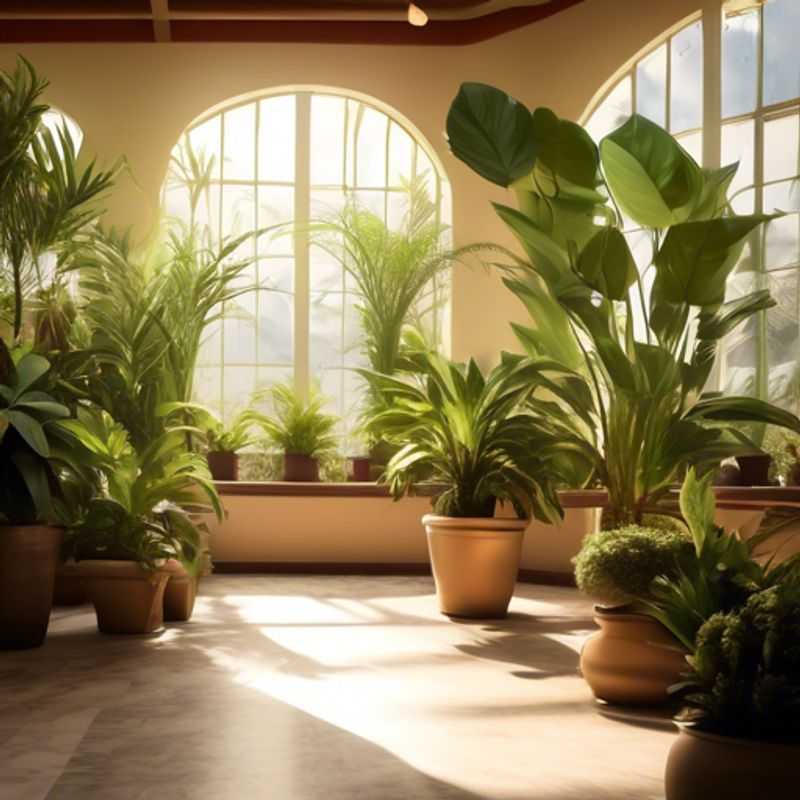
Finding the Sweet Spot: How to Give Your Plants the Perfect Humidity
Humidity is a crucial aspect of plant care, as it influences their overall health and growth. The optimal humidity level for a plant depends on its specific species and origin. Some plants thrive in high humidity environments, while others prefer drier conditions.
To gauge the humidity levels in your home, you can purchase a hygrometer, a device that measures humidity. If your home's humidity levels are too low, you can increase them by misting your plants with water or using a humidifier.
Another way to increase humidity is to group plants together, as they will naturally release moisture into the air. You can also place your plants on trays filled with pebbles and water, allowing the water to evaporate and increase humidity. These methods are most effective for plants that prefer a more humid environment.
It's important to remember that over-humidifying can be detrimental to plants, as it can lead to fungal diseases and root rot. Regularly monitoring humidity levels and adjusting watering schedules is crucial for the well-being of your plants. For more specific information on your plants' humidity needs, it's always best to consult a gardening expert or conduct research on the specific plant species.
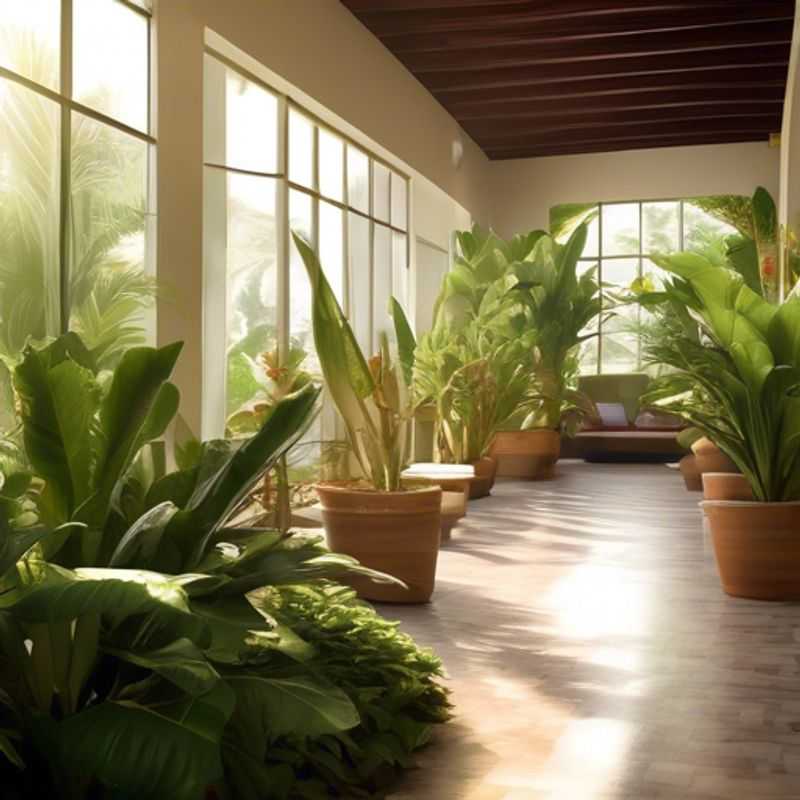
Unlocking Plant Happiness: Understanding Temperature Requirements
Plants, like all living things, have an ideal temperature range for growth. Knowing your plant's preferred temperature is crucial for its survival and overall health. Each plant species has its own unique temperature requirements, so it’s essential to do your research.
Generally, plants can be categorized into three groups based on their temperature preferences:
1. Warm-season plants thrive in hot temperatures, typically 65-90°F (18-32°C) and will often die if temperatures drop below 50°F (10°C). These plants typically include vegetables like tomatoes, peppers, and squash, as well as many flowering annuals and herbs.
2. Cool-season plants prefer cooler temperatures, usually 40-70°F (4-21°C). These plants may struggle in hot weather and might even die in extreme heat. Common cool-season plants include broccoli, spinach, lettuce, carrots, and many types of flowers.
3. Intermediate plants, are happy in a broader range of temperatures. These plants can tolerate a wider range of temperatures and may survive in climates with varying temperatures.
Here are some essential tips for understanding and managing your plant's temperature requirements:
1. Understand your climate: Be aware of the average temperatures in your region, including both highs and lows, to determine if your chosen plants will be suitable for your area.
2. Pay attention to the time of year: Temperatures can vary significantly throughout the year. Adjust your care practices accordingly, like providing shade during the hottest months.
3. Protect your plants: Use frost blankets to protect plants from freezing temperatures, and offer shade during the hottest parts of the day.
4. Pay attention to plant signals: If your plants are wilting, have stunted growth, or exhibit other signs of distress, it could be a sign of an unsuitable temperature. Make adjustments to your care routine to create a more favorable environment.
By understanding and responding to your plants' temperature needs, you can ensure they thrive and bring you joy for years to come.
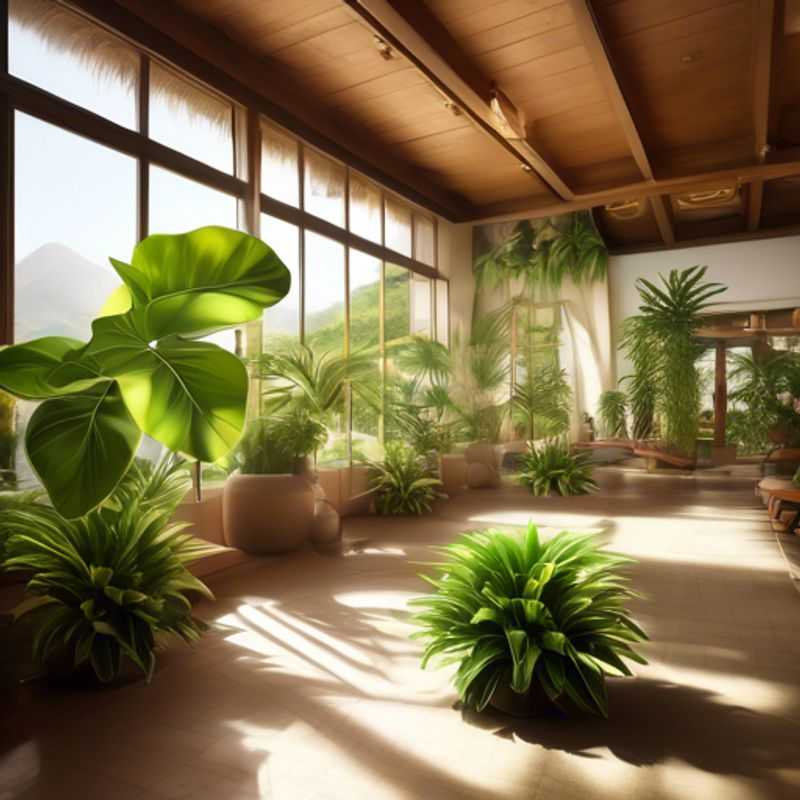
Plan for Growth: Understanding Your Plant's Potential Size
Choosing the right plants for your space is a key element of a successful garden. Understanding the growth habits and potential size of plants is crucial. This ensures they thrive in the designated location and don't outgrow their designated area, causing potential issues.
Research the plant's mature size, growth rate, and spread. Some plants, like climbing vines or fast-growing trees, need extra space to reach their full potential. Others, like slow-growing shrubs or compact perennials, may take years to mature, making them ideal for smaller spaces.
Consider the plant's root system, as some plants have aggressive root systems that can damage structures or compete with other plants. Take note of the potential height and width of the plant at maturity to ensure it fits comfortably in your garden without obstructing views, walkways, or other features.
Remember that factors such as climate, soil type, and available sunlight can influence the final size. If you're unsure about a plant's suitability, consult with a local nursery or gardening expert for advice.
